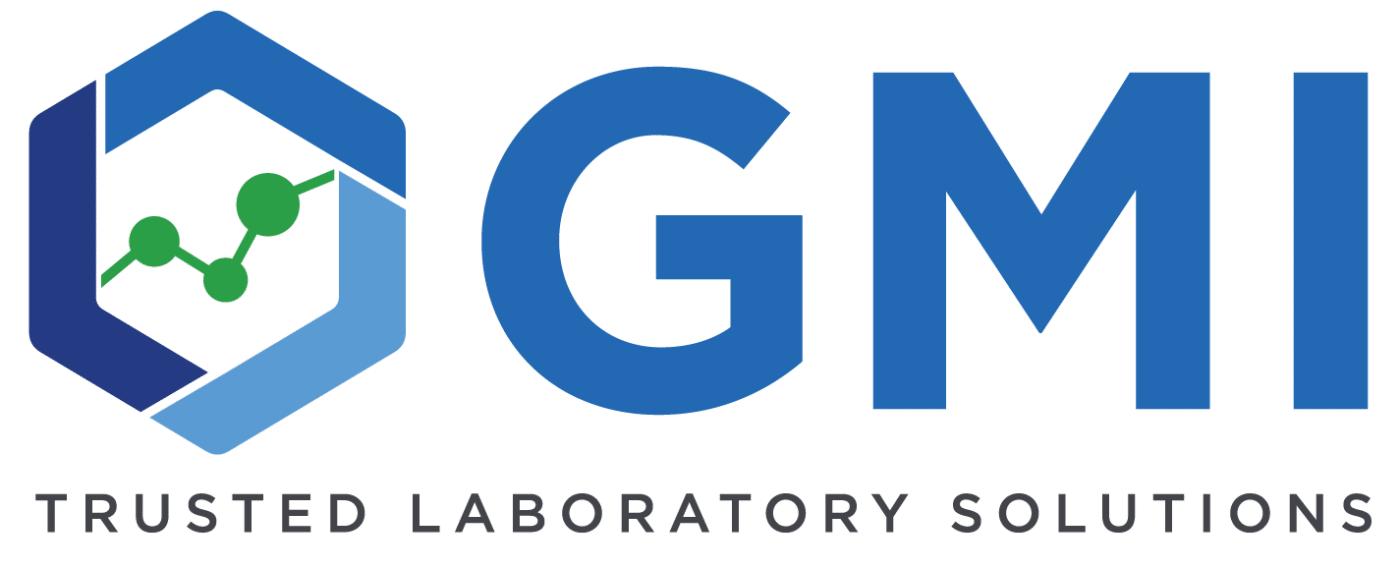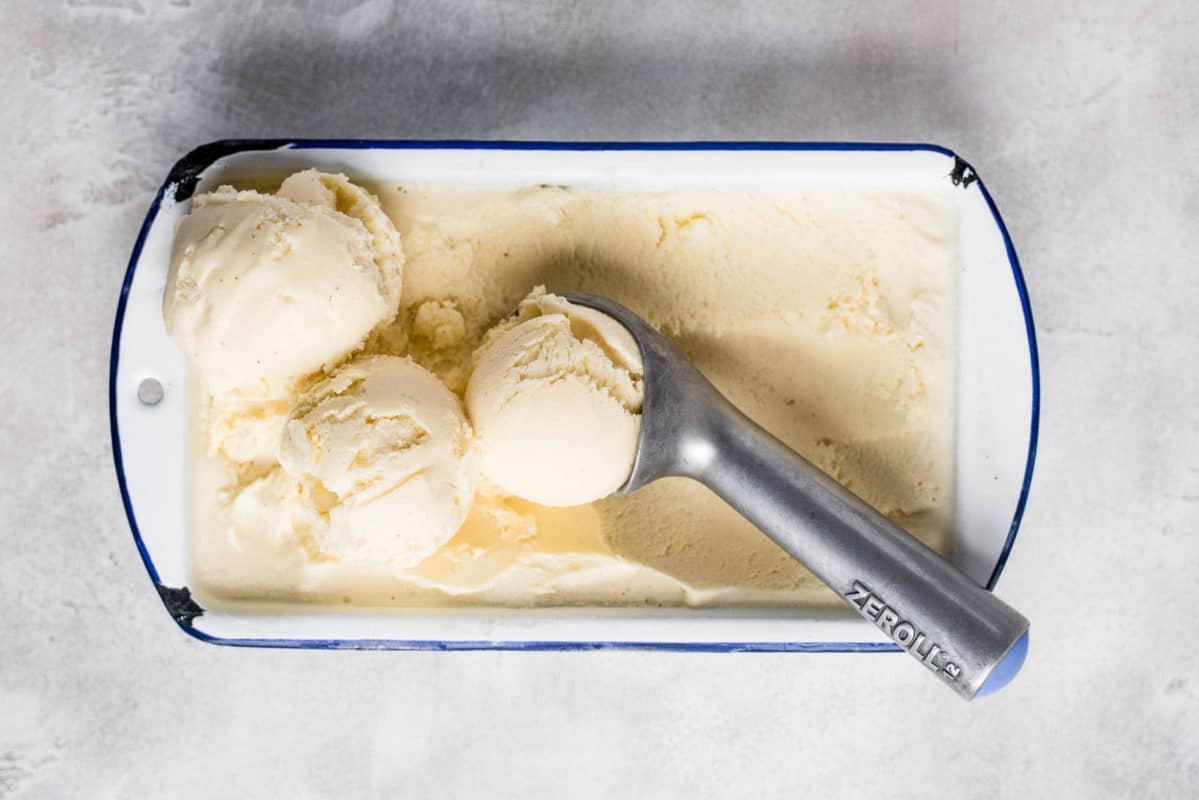No products in the cart.
HPLC, KNAUER, New Laboratory Equipment, Chromatography
Determining Authenticity of Vanilla Products with (U)HPLC Systems
Artificial flavorings serve an important purpose when a natural alternative is difficult to produce or costly to source. Despite their commercial merits, however, such additives are often vilified as poor quality or ‘fake’ derivatives of the real thing. There is an element of truth in that: synthetic flavors derive from the chemical structure of the original, but not from the natural source. The Food and Drug Administration (FDA) of America claims that: “The term artificial flavor or artificial flavoring means any substance, the function of which is to impart flavor, which is not derived from a spice…”
High performance and ultra-high performance liquid chromatography (U)HPLC systems are routinely employed to distinguish ‘fake’ flavors from the genuine article. By screening for associated marker substances, chemists and process engineers can quantitatively prove the authenticity of flavor additives to meet their high-quality objectives. Vanilla products fit comfortably into this dynamic.
(U)HPLC: How to differ between natural and artificial Vanilla
Vanilla orchids are a fruit-bearing plant species belonging to the Orchidaceae genus, which is native to Mexico and Central America. The matured pods were highly prized by Mesoamerican peoples and became a valuable commodity for Europeans after their arrival on the South American continent. Pioneering entrepreneurs eventually discovered how to artificially pollinate the Vanilla planifolia (Mexican flat-leafed vanilla) and cultivate vanilla beans throughout the tropics, resulting in an agricultural paradigm shift that saw Madagascar take the mantle for world-leader in vanilla production.
Today, Madagascar remains the largest producer of vanilla worldwide. Yet their output of the spice is a mere 2,926 tons per annum1. Bourbon vanilla – as the Madagascan extract is commonly referred to – is subsequently a scarce commodity in terms of supply. Therefore, high-quality artificial derivatives are in extreme demand and the price of synthetic vanilla continues to climb year-on-year. (U)HPLC systems are subsequently integral for distinguishing natural from artificial vanilla products based on key organic marker substances, for superior quality control of raw materials in a range of downstream applications.
Vanillin (C8H8O3) is the main organic flavor compound of the vanilla bean, and one of many organic compounds found in pure vanilla extract. Chemists discovered a method of artificially synthesizing vanillin in the 1870s using precursors like coniferin, guaiacol, or eugenol, causing an enormous increase in both supply and demand for the distinctive vanilla flavor. This contributed to what has been described as the “mass consumer economy of sweetness”2. Synthetically derived vanilla typically comprised vanillin in solution without the diverse assortment of other organic compounds found in the natural substance. However, more modern biotechnologically produced vanillin using precursors like ferulic acid and rice bran have become so sophisticated that they can often be designated as natural vanilla flavorings. Each of these marker substances can be detected using (U)HPLC chromatography
(U)HPLC systems are integral for analytical control of vanilla products based on the detection of persistent unwanted substances from industrial processing, enabling the high-reliability differentiation of artificial vanilla flavor and Bourbon vanilla extracts.
(U)HPLC Systems from Knauer and GMI
Knauer and GMI specialize in the development of (U)HPLC systems for analytical and preparative applications. Our AZURA® (U)HPLC system has provided precision and reliability in the screening of vanilla products based on synthetic- or natural-based extracts.
If you would like more information about the AZURA® (U)HPLC system, please contact a member of the GMI team today.
References:
[1] https://www.worldatlas.com/articles/the-leading-countries-in-vanilla-production-in-the-world.html
[2] https://firstwefeast.com/drink/2015/06/the-absurd-history-of-artificial-flavors


